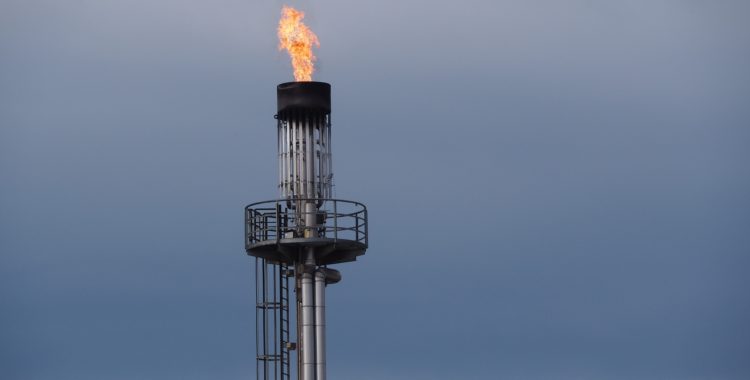Federal Regulatory Update: Methane Rules
In 2012 and 2016, the Environmental Protection Agency under the Obama administration promulgated historic new rules aimed at reducing methane emissions resulting from oil and gas operations. Larger operators were prepared for the new regulations, having already implemented practices to capture and sell methane; the impact was largely felt by the mid-sized and smaller operators who lacked the costly infrastructure required to capture the methane, leaving it to burn off by flaring or be released into the atmosphere. The Obama-era regulations were rescinded during the Trump administration, allowing operators to invest the costs of compliance elsewhere, and operators ceased plans to build and implement infrastructure to capture the methane. However, under the Biden administration, the restrictions on methane emissions have been revived.
The EPA has proposed several rules that expand the scope and stringency of existing rules governing methane emissions. The key components of the proposal aim to drastically reduce methane emissions from existing sources and expand and strengthen emissions reductions requirements. Some of the methods proposed by the EPA to achieve these objectives include implementing comprehensive monitoring programs over existing well sites, eliminating venting of associated gas from wells, and strengthening requirements for storage tanks. The EPA is particularly focused on well leaks, which occur during normal oil and gas operations, finding that “every natural gas leak, or intentional release of natural gas through venting or other processes, constitutes a release of methane.” Among these programs is one which would require operators to conduct quarterly investigations to locate and repair well leaks at new and existing well sites and seeks to strengthen infrastructure used to transport and store natural gas. The proposal also seeks to eliminate the venting of associate gas from oil wells, which would require producers to route the gas to a sale line or use the gas on-site or and permitting flaring only by a method that reduces methane emissions by 95 percent.
The EPA’s proposed rules remained open for comment until January 31, 2022, and final rules are expected before the end of the year. If they are approved, each state will be required to submit a plan with enforceable requirements for the well sites within its borders, subject to EPA review and approval. The Bureau of Land Management (BLM) also plans to issue regulations this year to disincentivize excess venting and flaring by requiring operators to pay royalties for vented and flared gas.
The Texas Railroad Commission has been working since early 2020 to reduce flaring in the state, including by issuing forms with specific guidance governing exceptions to flare and monthly production reports requiring operators to separately report the amount of gas flared and vented, and launching an online platform for exception requests. According to an RRC report, the volume of gas flared in the state trended downward by 73% from June 2019 to May 2021, with the average percentage of gas flared remaining below 2% during that time period, suggesting that in Texas, “the vast majority of natural gas is being captured and used for beneficial purposes.”
Kuiper Law Firm, PLLC specializes in oil and gas and will continue to monitor developing regulations; if you have any questions about the information in this article, or how it applies to your operations, do not hesitate to contact us.

